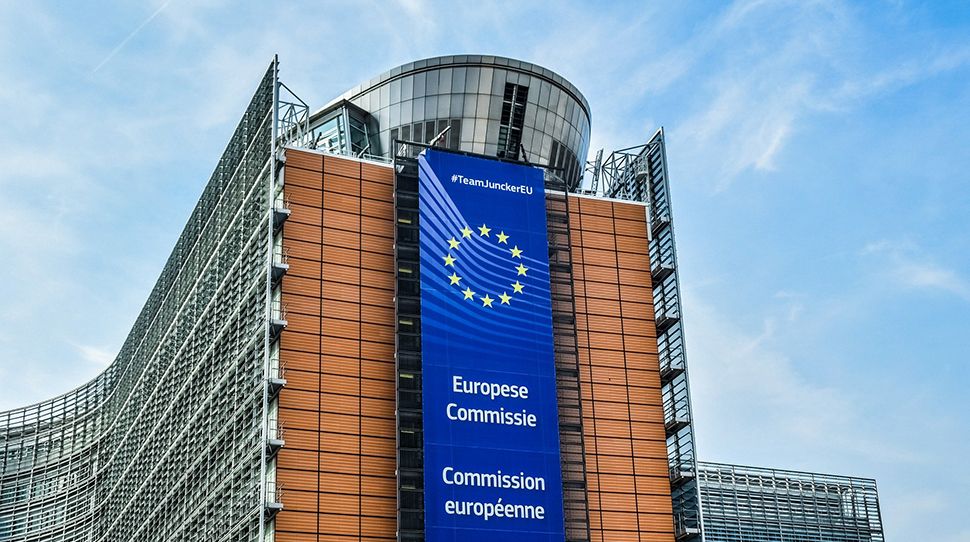Agreement on the European Recovery Plan

A decisive step for the European project
After 4 days and 4 nights of forceful negotiations (i.e. two summits instead of one), the 27 member states of the European Union have achieved what was considered almost impossible given the stance of the so-called ‘frugal countries’ led by the Netherlands - an agreement on the recovery plan of EUR 750 billion.
The nature of the compromises and concessions on both sides (and in particular the amount of subsidies, reduced from EUR 500 billion to EUR 390 billion) highlights the essence of the ambition and the novelty of this plan, which for the first time incorporates a real budgetary solidarity mechanism, and funding provided at the European Commission level. Thus, this plan reinforces the weight of the European budget against national budgets, and will give the European Union improved capacity to respond to asymmetric shocks in the future. Above all, an essential topic has been preserved in the refusal to give Member States a right of veto, which sustains the community and federal dimension of the European project. National programs will be ratified by the European Commission by a qualified majority.
This agreement, which has yet to be voted on by the European Parliament, marks an important step in the construction of Europe, and is part of a community history which has continuously progressed in the face of the most acute crises of recent decades. It is in the face of adversity, necessity and urgency that European leaders are brought back to the heart of the European project - the affirmation of a community whose sustainability rests on the gradual strengthening of legal and de facto interdependencies. Faced with regional powers whose global ambitions are being asserted (Russia, Iran, China) and an American ally whose role is being erased, agreeing on this plan is almost a survival reflex for the European Union.
Economically, what can we expect from this plan and when? This is where things get complicated. The first effects of this plan will not be felt until mid-2021, which does not really make it a cyclical stimulus plan to face the recession in 2020, but more of a structural investment plan with, in particular, an important climate component, and which complements national economic measures. This form of a European "new deal" particularly supports countries which have been both severely affected by the pandemic and whose budgetary room for manoeuvre is more limited, such as Italy, which will receive more than EUR 80 billion. Finally, two concessions that raise questions in the longer term are the increase in the discounts enjoyed by Denmark, the Netherlands, Austria and Sweden on the contribution to the Community budget; and the objective of carbon neutrality in 2050 which will be accepted at the global, rather than national, level.
The benefits of this plan may ultimately be found in the risk perception of the Euro Zone. In line with Mario Draghi's “Whatever it takes” in 2012, which placed an emphasis on monetary and financial solidarity in the Euro Zone, this affirmation of the European budget reduces the risk of divergence amongst member states and improves the perception of sustainability of public debts, which is undoubtedly the most important aspect. The markets are sending a positive signal to the plan with an easing in Italian bonds (whose spread has been halved since the end of April) and a sharp increase in bank stocks as of Tuesday morning.
July 22, 2020




